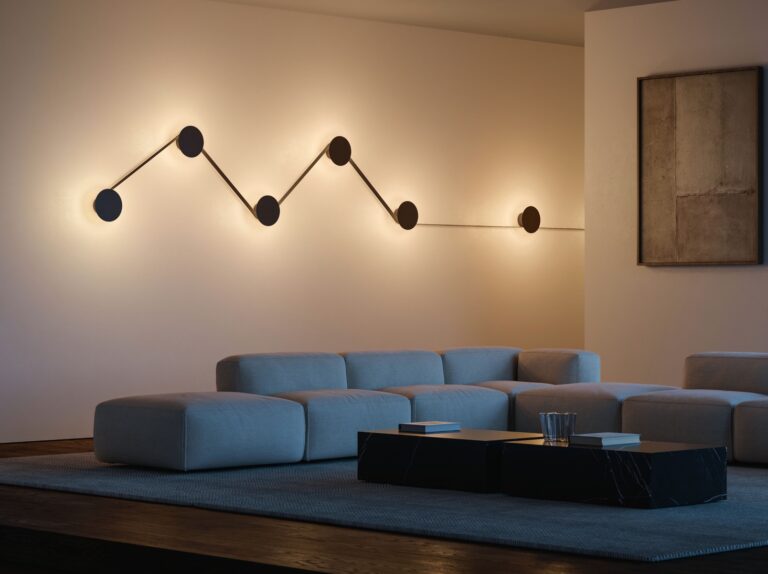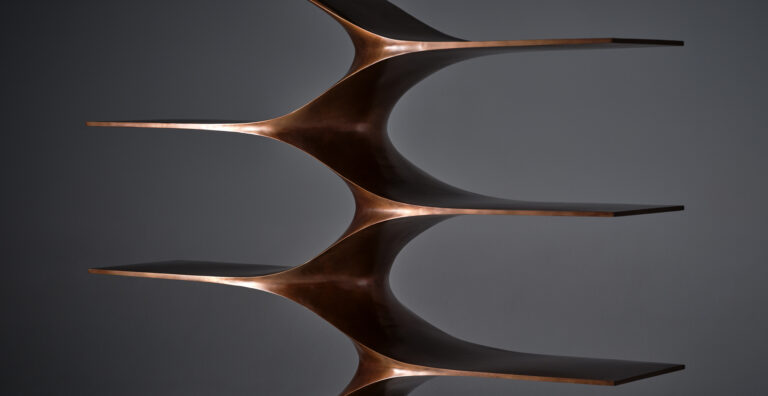Georgia-Pacific - an ENERGY STAR Partner Georgia-Pacific is qualified for the Environmental Protection Agency/Department of Energy's prestigious ENERGY STAR for radiant barrier Residential Insulation Products. The goal of the ENERGY STAR program is to promote products that help reduce home energy costs through lower energy consumption.
Plytanium Thermostat plywood radiant barrier sheathing is offered with a Lifetime Limited Warranty.
Thermostat plywood radiant barrier sheathing enhances Plytanium plywood sheathing with a highly reflective aluminum foil. Radiant barrier sheathing can reduce heat flow through the ceiling up to 50% and save up to 17% on cooling energy consumption in hot, sunny climates.1
Available in 15/32" or 19/32" thick 4' x 8' panels, Thermostat plywood radiant barrier sheathing is an outstanding product for new homes, additions or renovations. It is especially effective in hot climates or wherever you want to improve cooling energy efficiency and increase indoor comfort.2
Q: What is Thermostat Radiant Barrier Sheathing? A: Plytanium Thermostat Radiant Barrier Sheathing is a Rated Sheathing plywood panel with an aluminum foil/kraft paper laminate layer. It is designed especially to increase reflectivity of solar heat waves and decrease their transmission. In other words, it limits the transfer of heat between the exterior (i.e. through roof and walls) into the attic space and interior living space. Reflectivity is a measure of how much of the energy is not absorbed by the barrier and is instead reflected. Emissivity (E) is a measure of the amount of solar heat energy that is transmitted through a barrier material. The bright aluminum foil is highly reflective; up to 97 percent of the radiant heat can be reflected. Only 3 percent of the radiant heat is transmitted for an E value of 0.03. A mirror surface may reflect 98 percent of the energy, while absorbing 2 percent of it. A good blackbody surface will reverse the ratio, absorbing 98 percent of the energy and reflecting only 2 percent.
Q: How does Thermostat Radiant Barrier Sheathing work? A: The radiant barrier foil surface reflects the heat received, as does a mirror, thus reducing radiant heat transfer into the attic and living space.
Q: What are the benefits of Thermostat Radiant Barrier Sheathing in attics? A: Plytanium Thermostat Radiant Barrier Sheathing can lower attic temperatures by up to 30F in the peak summer cooling season. Possible additional benefits include:
Decrease in Energy Consumption: the cooling system can work more efficiently since there is lower radiant-heat transfer into the attic and into the living space during all the cooling season. Studies have show that radiant barriers can reduce peak cooling-energy consumption by up to 17 percent.
Increase in Operational Efficiency of Appliances: the lower the temperature in the attic can enable the attic mounted air-conditioning equipment and duct systems to operate more efficiently, helping to extend the operating life of the system.
Increase Utilization of Home Spaces: spaces that do not have climate control, i.e., garages, attics, porches and others, may have a more moderate temperature, thereby allowing greater utilization.
Q: How much can I save by using Thermostat Radiant Barrier Sheathing? A: Energy usage varies according to many factors, including individual preferences and the fluctuation of energy costs in general. Therefore the exact savings will vary from installation to installation. The amount of energy consumed is directly related to two factors: The house cooling system, which includes insulation levels, attic ventilation, roof color, thermostat settings, tightness of the building envelope, weather conditions, design and location of the house, size of house, and efficiency of cooling equipment installed, among many other factors. The percentage contribution of the ceiling to the home's cooling load. Cooling load is the amount of heat the air conditioner has to remove to sustain an adequate temperature in the living areas. Tests done by the Department of Energy have shown that ceiling-heat gains represent about 12-25 percent of the total cooling load on the house. Radiant barrier roof sheathing has been shown to lower the peak cooling energy consumption by up to 17 percent. As previously explained, the exact reduction in energy consumption will vary as will the cost of energy, thus making a prediction of energy savings difficult.
Q: How should I install Thermostat Radiant Barrier Sheathing? A: Radiant Barrier sheathing is installed the same as regular plywood sheathing, but with the foil side down on roofs and facing out on walls. Span and fastening requirements can be found in APA-The Engineered Wood Association's Wood Construction Guide - Wall Construction Excerpts (PDF: 801KB/18pgs).
Q: When installed, should the foil face of Thermostat Radiant Barrier Sheathing face the outside? A: Roofs: No. The panel must be installed foil side down facing the attic air space. For radiant barriers to perform, the reflective surface must face a minimum 3/4 air space. This is also practical since the foil surface would be very slippery and would produce intense glare for workman during installation if installed foil face up. Additionally, when installed foil down, dust can not accumulate and interfere with the proper functioning of the radiant barrier.
Walls: Yes. The panel must be installed with foil side facing the exterior of the building. In order to receive the benefit of the reflectivity of the foil surface, the foil side of the panel must face a minimum 3/4 air space. This can be accomplished by furring over the radiant barrier sheathing prior to installation. However, the total heat gain into a house through the opaque wall area averages around 7% Vs an average of 22% through the ceiling. Even if you can reduce heat gain through the opaque wall by 17% with a radiant barrier, that's 17% of 7% or about 1.2% potential reduced energy consumption due to a radiant barrier in the wall. Given the added cost of the foil surface, the pay back period becomes extremely long and will allow a reasonable economic return only in those regions with extreme hot and humid climates. Most people prefer not to wait 15 to 25 years to realize an economic benefit.
Q: Can the usage of Thermostat Radiant Barrier Sheathing damage my shingles? A: The Reflective Insulation Manufacturers Association (RIMA) has published Technical Bulletin #103 which reports that in peak summer conditions, the temperature of asphalt shingles is increased only an average of 2 to 5 degrees F over non-radiant barrier roof sheathing. This level of temperature rise is not significant and many shingle manufacturers have indicated that it does not affect their warranties.
Read More...




